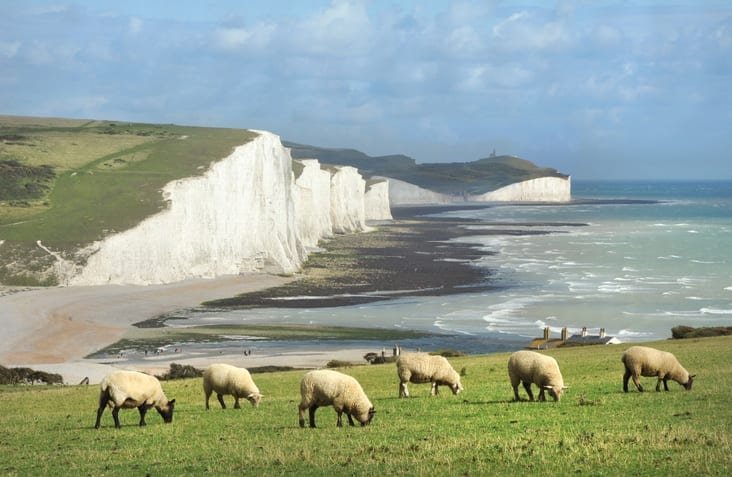A reserve the size of Blackpool
The new super NNR combines three existing NNRs at Stoborough Heath, Hartland Moor, and Studland and Godlingston Heath linking them with a significant amount of new land including nature reserves and conservation areas managed by seven partners.
It is 3,331 hectares (8,231 acre) in total, expanding the current NNR in Purbeck by 2,335 hectares (5,770 acres). The new designation has resulted in a landscape-scale haven more than three times its original size, and similar in size to the town of Blackpool.
Benefits to wildlife
The expansion will create the largest lowland heathland NNR in the country providing tremendous benefits to wildlife by allowing all species the opportunity to move around the landscape more easily. Building resilience into the landscape will help tackle the decline in nature, with 41 per cent of species in decline in Britain since 1970.
By working together and combining land, expertise and a common vision, the National Trust, Natural England, RSPB, Forestry England, the Rempstone Estate, Dorset Wildlife Trust and Amphibian and Reptile Conservation, along with other landowners and managers, are taking important strides forward in landscape-scale conservation and nature recovery.
This super reserve is a rich mosaic of lowland wet and dry heath, valley mires, acid grassland and woodland, along with coastal sand dunes, lakes and saltmarsh. Conifer plantations are also being carefully restored to heathland.
‘For generations to come, Purbeck Heaths will be at the heart of a healthy, resilient landscape brimming with wildlife. As well as creating a special place for wildlife to recover and move around freely, we hope to inspire people to engage with nature and explore the great outdoors.
‘All the rare and beautiful wildlife living in and beyond the reserve will benefit hugely from a landscape where habitats are bigger, in better condition and better connected – and where natural processes are restored. Here they will be able to spread and build more resilient populations.’
MARK HAROLD
National Trust Director of Land & Nature
Biodiversity record
Purbeck Heaths is one of the most biodiverse places in the UK – home to thousands of species of wildlife, including 450 that are listed as rare, threatened or protected. Indeed, Purbeck includes the richest recorded 10km square for biodiversity in the UK.
All six native reptiles call this reserve home – including endangered smooth snakes and sand lizards. Heathland birds include breeding nightjars, Dartford warblers and woodlarks. And raptors such as hen harriers, marsh harriers, merlins, hobbies and ospreys all find these productive hunting grounds.
At least 12 species of bats live on the NNR. The Purbeck Heaths are some of the last strongholds for many specialist insects and other invertebrates, such as southern damselflies (Britain’s rarest dragonfly) and the Purbeck mason wasp. This reserve is also home to Dorset’s only colony of small pearl-bordered fritillary butterflies.
Rare plants include marsh gentians, great sundews and lesser butterfly orchids. And there are at least two fungi that are found nowhere else in England and Wales – the sand earthtongue and Roseodiscus formosus.
 Play Video about This Rock Might Just Save The World
Play Video about This Rock Might Just Save The World Play Video about Play 2 hours of rock
Play Video about Play 2 hours of rock Play Video about Play 2 hours of brook
Play Video about Play 2 hours of brook Play Video about Play 2 hours of sheep
Play Video about Play 2 hours of sheep














































